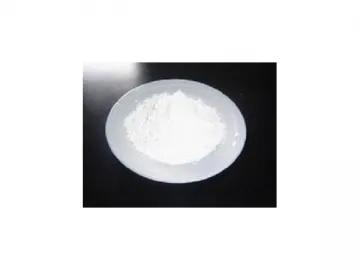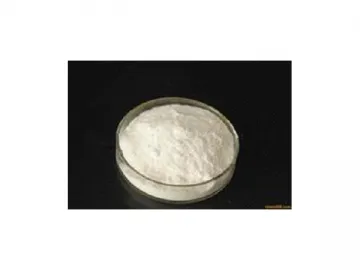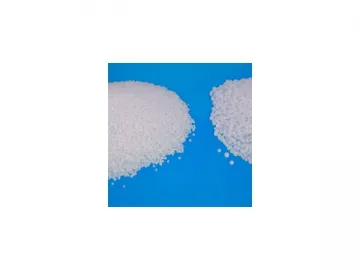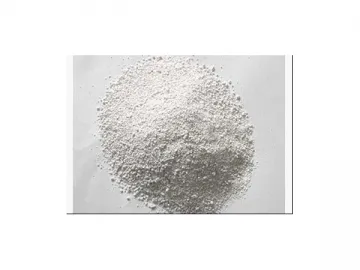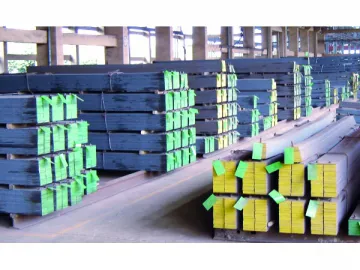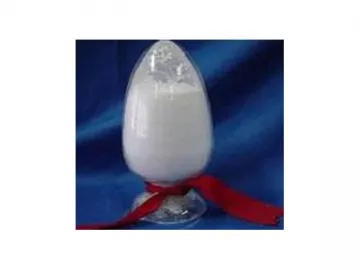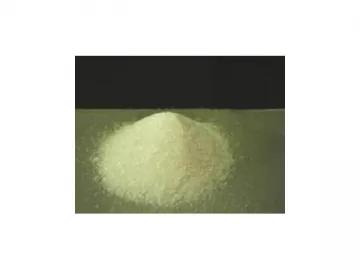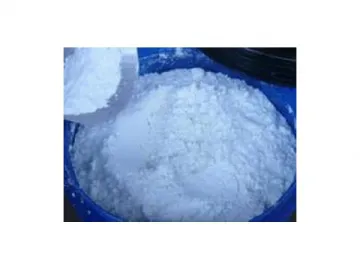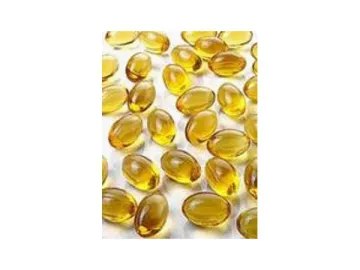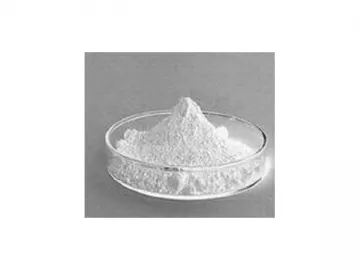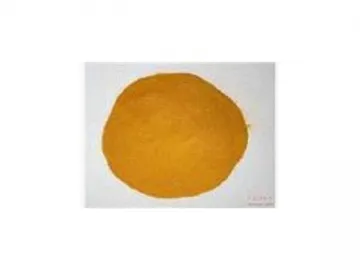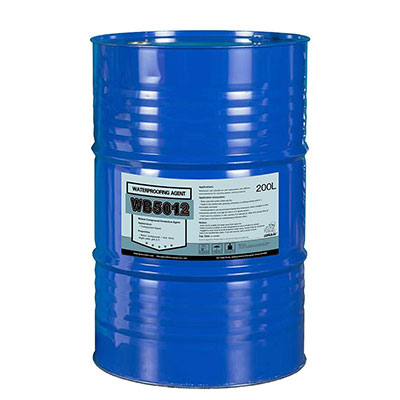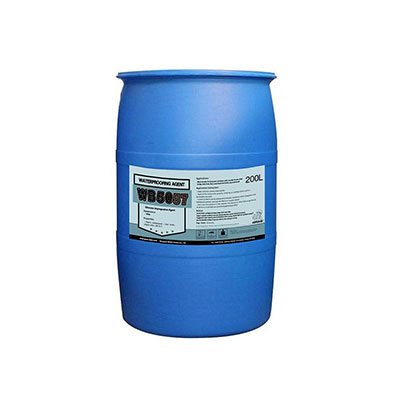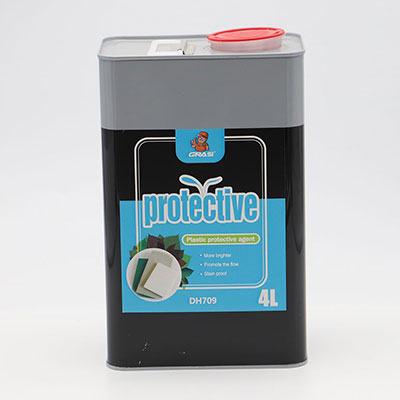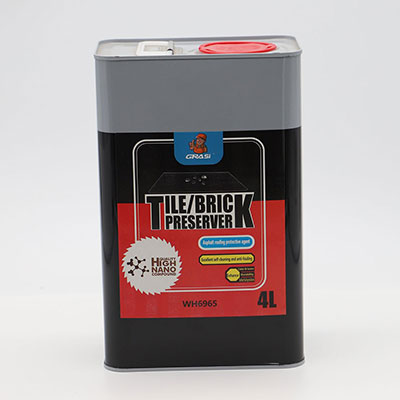Calcium Chloride
CalciumChloride
Name: calciumchloride
CAS number: 10043-52-4
Other names: Anhydrous calcium chloride; anhydrouscalciumchloride; calciumchloraide;calciumchloride(anhydrous); Calcium chlorideanhydrous
Molecular formula: CaCl2
Molar mass: 110.98 g/mol(anhydrous), 147.014 g/mol(dihydrate)
Melting point: 772 °C (anhydrous), 176 °C (dihydrate)
Boiling point: 1935 °C (anhydrous)
Solubility in water: 74.5 g/100mL(20 °C), 59.5 g/100 mL (0 °C)
Solubility: soluble in acetone, acetic acid
Calcium chloride, alsocalled calcium dichloride, is hygroscopic. It is white crystal, with forms offlake, granularity and power. As a salt of calcium and chlorine, calciumchloride behaves as a typical ionic halide, and is solid at room temperature.We provide anhydrous calcium chloride and its dehydrate, and we offer best quality, service and price.
Calcium chloride has a very high enthalpy change of solution. It can serve as asource of calcium ions in a solution. The exothermic dissolution of calciumchloride is used in self-heating cans and heating pads. For the hygroscopicproperty, calcium chloride is a desiccant. It is applied to keep a liquid layeron the surface of the roadway, which holds dust down. Adding solid calciumchloride to liquids can remove dissolved water.
By depressing the freezing point, calcium chloride is used to usually preventice formation and to deice. Calcium chloride dissolution is exothermic, and isrelatively harmless to plants and soil. When distributed for this use, itusually takes the form of small, white balls a few millimeters in diameter.Solutions of calcium chloride can prevent freezing at temperature as low as −52 °C (−62 °F), making it ideal for filling agriculturalimplement tires as a liquid ballast, aiding traction in cold climates
As an ingredient, calcium chloride is listed as a permitted food additive inthe European Union for use as a sequestrant and firming agent with the E number E509, and considered as generallyrecognized as safe (GRAS) by the U.S. Food and Drug Administration. The averageintake of calcium chloride as food additives has been estimated to be 160–345mg/day for individuals.
As a firming agent, calcium chloride is used in canned vegetables, in firmingsoybean curds into tofu and in producing a caviar substitute from vegetable orfruit juices It is commonlyused as an electrolyte in sports drinks and other beverages, including bottledwater. In addition, calcium chloride can be injected as intravenous therapy forthe treatment of hypocalcaemia. It can be used for magnesium intoxication.
Calcium chloride is used in concrete mixes to help speed up the initialsetting. The anhydrous form of calcium chloride may also be used for thispurpose and can provide a measure of the moisture in concrete. Calcium chlorideis used in swimming pool water as a pH buffer and to adjust the calciumhardness of the water.
Calcium chloride is included as an additive in plastics and in fireextinguishers, in wastewater treatment as a drainage aid, in blast furnaces asan additive to control scaffolding (clumping and adhesion of materials thatprevent the furnace charge from descending), and in fabric softener as athinner. In the oil industry, calcium chloride is used to increase the densityof solids-free brines. It is also used to provide inhibition of swelling claysin the water phase of invert emulsion drilling fluids.
Because of its hygroscopic nature, anhydrous calcium chloride must be kept intightly sealed, air-tight containers. Both anhydrous calcium chloride anddehydrate anhydrous calcium should be stored in cool, ventilated place, wherethey can be kept from water as well as the high temperature.

Links:https://www.globefindpro.com/products/91548.html
